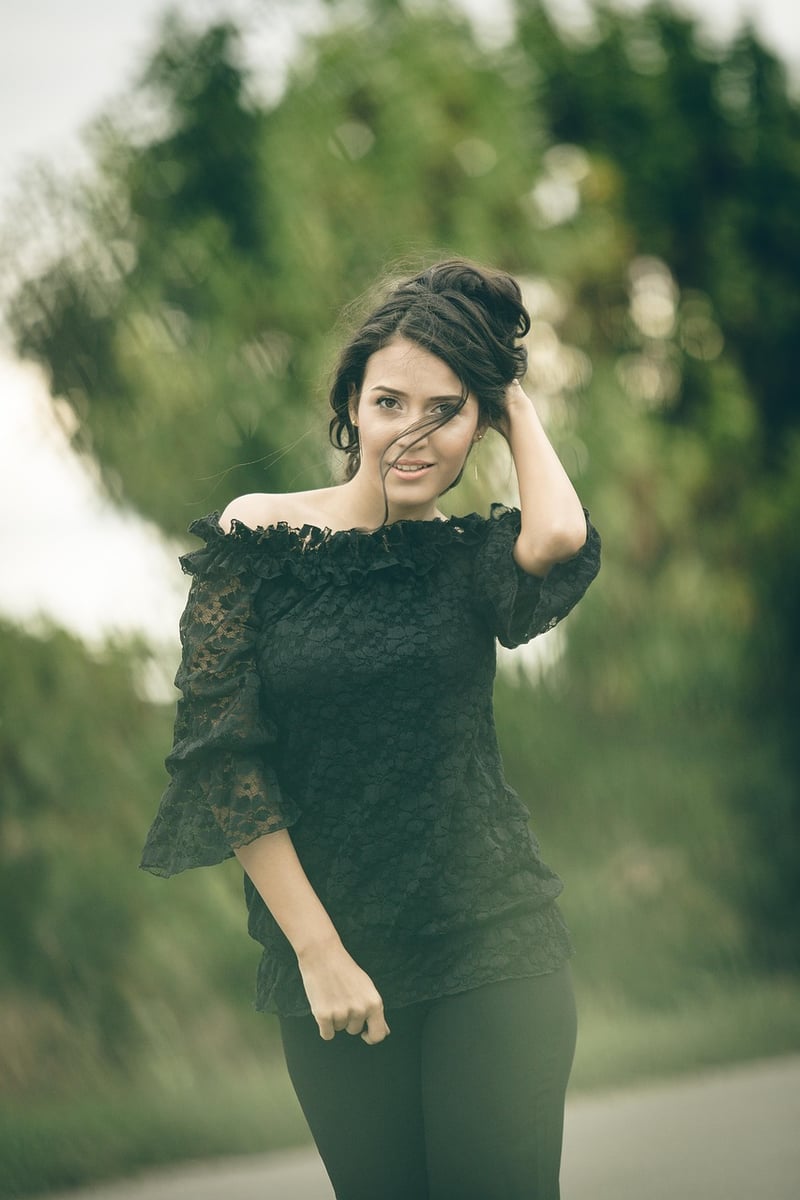Historical Outfits
The Evolution of Historical Outfits and Essential Equipment
Introduction
Throughout history, clothing and equipment have played a crucial role in shaping societies and civilizations. From ancient times to the modern era, the evolution of outfits and essential gear reflects the cultural, technological, and social changes that have occurred over the centuries.
Ancient Civilizations
Ancient civilizations such as the Egyptians, Greeks, and Romans utilized clothing and equipment that were both functional and symbolic. Egyptians wore linen garments, adorned with jewelry and headdresses, reflecting their beliefs in the afterlife. Greeks favored draped garments like the chiton and himation, while Roman soldiers wore armor and tunics for protection in battle.
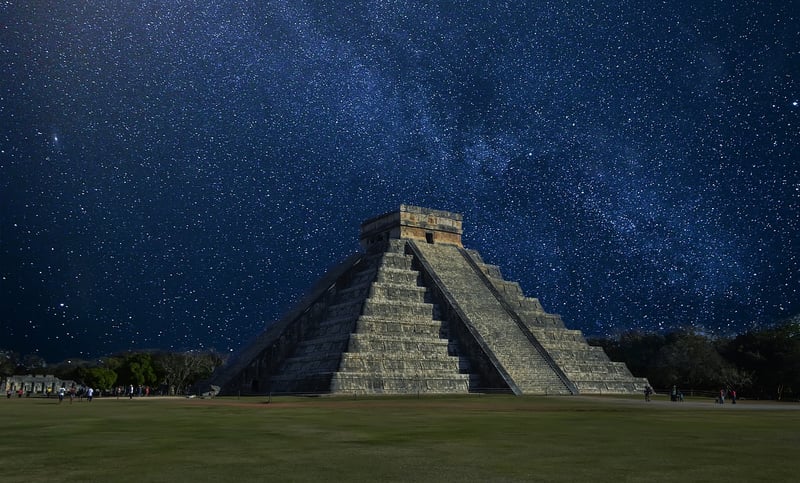
Medieval Times
In the medieval period, clothing and equipment became more elaborate and stratified. Knights donned suits of armor, including helmets, breastplates, and chainmail, symbolizing their status and protection in combat. Peasants wore simple tunics and cloaks made from wool or linen, reflecting their lower social standing.
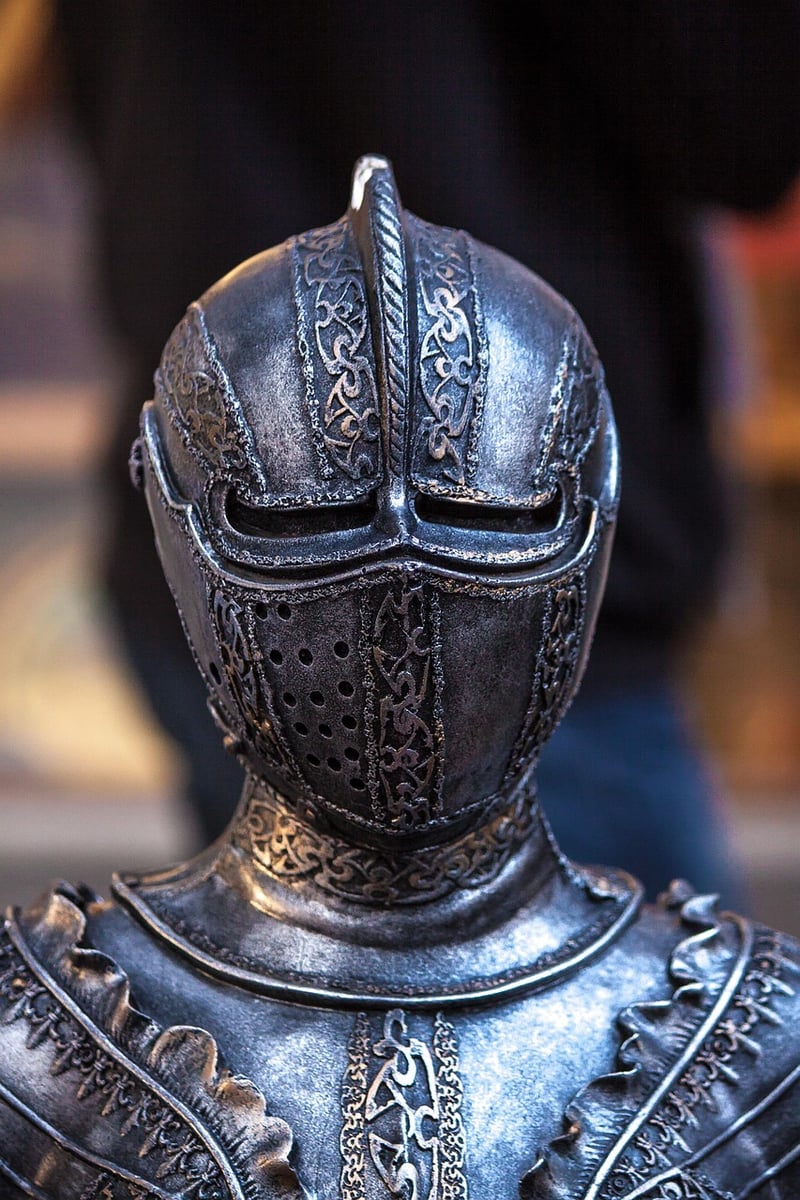
The Renaissance
The Renaissance saw a revival of classical styles and a focus on individual expression through clothing and accessories. Nobles wore elaborate garments made from luxurious fabrics like silk and velvet, embellished with intricate embroidery and lace. Artists and scholars adopted a more casual style, with doublets and hose becoming popular among men.
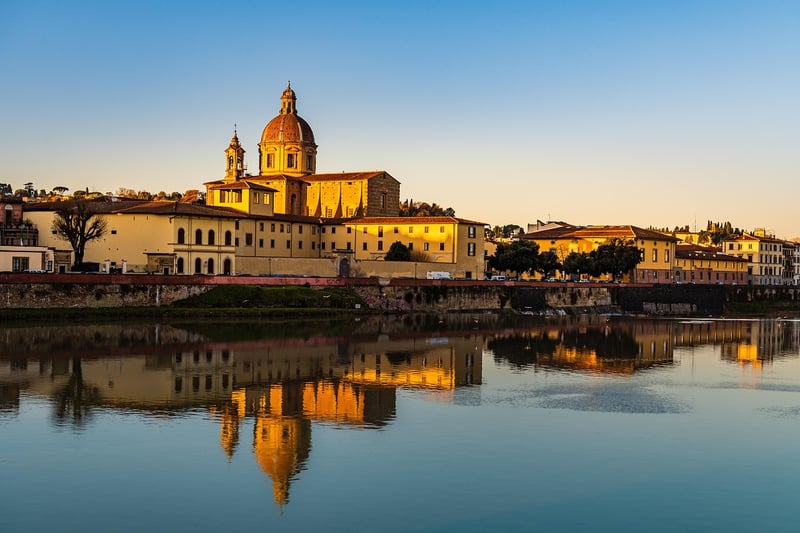
Industrial Revolution
The Industrial Revolution brought significant changes to clothing and equipment, as mass production made garments more affordable and accessible. Factories produced textiles and clothing on a large scale, leading to the rise of ready-to-wear fashion. Workers wore utilitarian clothing like overalls and aprons for practicality and safety.
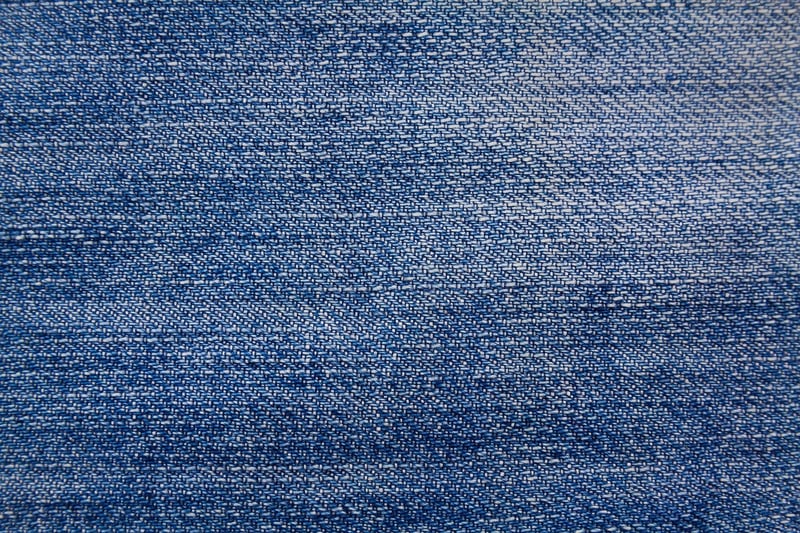
Modern Era
In the modern era, clothing and equipment have become more diverse and specialized, catering to a wide range of activities and lifestyles. Sportswear, protective gear, and high-tech fabrics have revolutionized the way we dress for work, leisure, and sports. Fashion continues to evolve, blending tradition with innovation to create unique and expressive outfits.
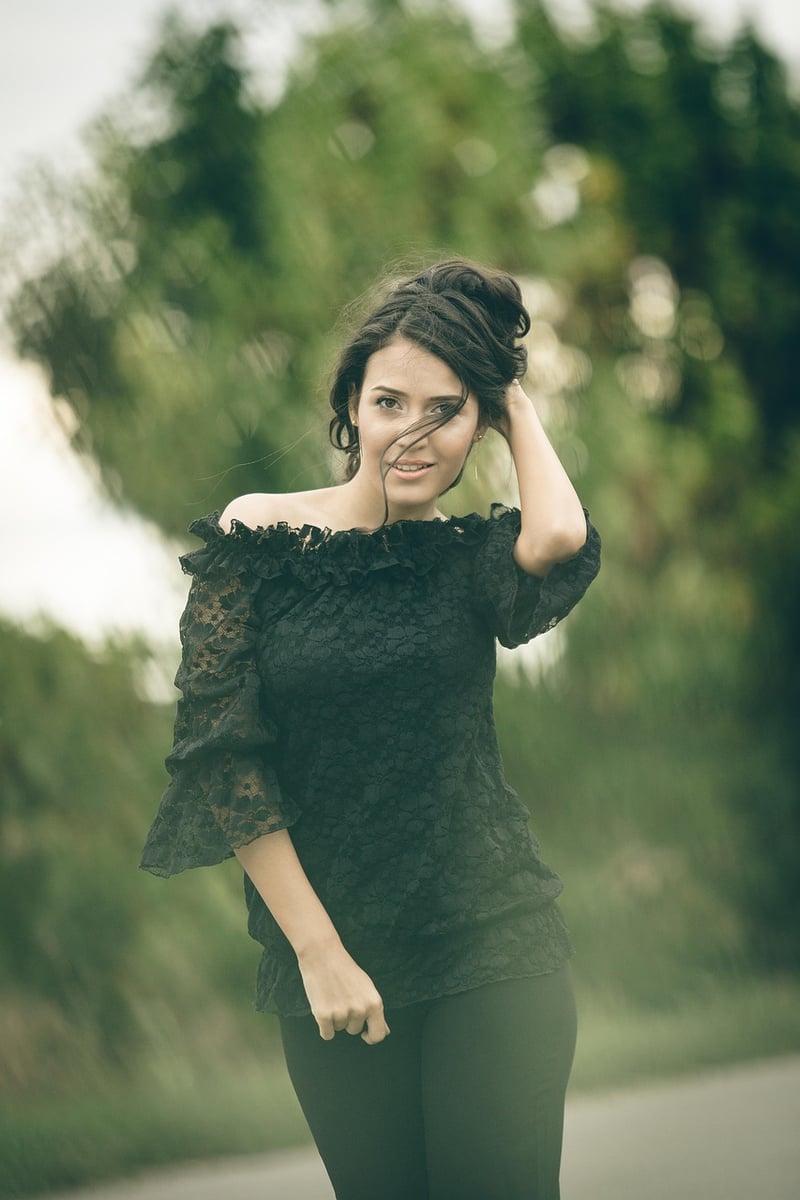
Conclusion
The evolution of historical outfits and essential equipment reflects the dynamic nature of human culture and society. From ancient civilizations to the modern era, clothing and gear have not only served practical purposes but also served as symbols of identity, status, and creativity.
Explore more about historical outfits and essential equipment to appreciate the rich tapestry of human history and fashion.
